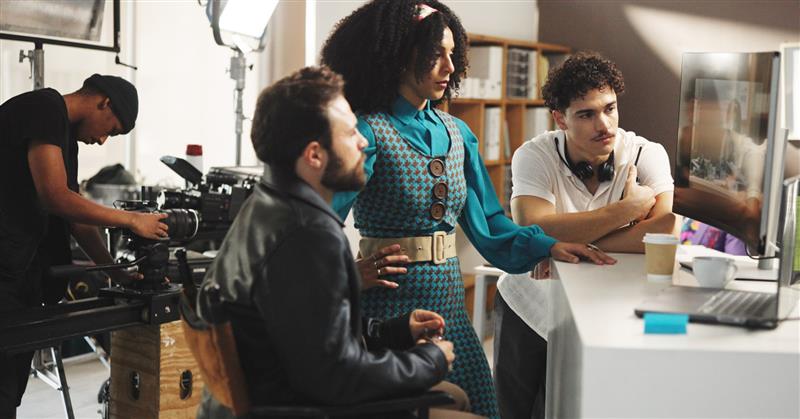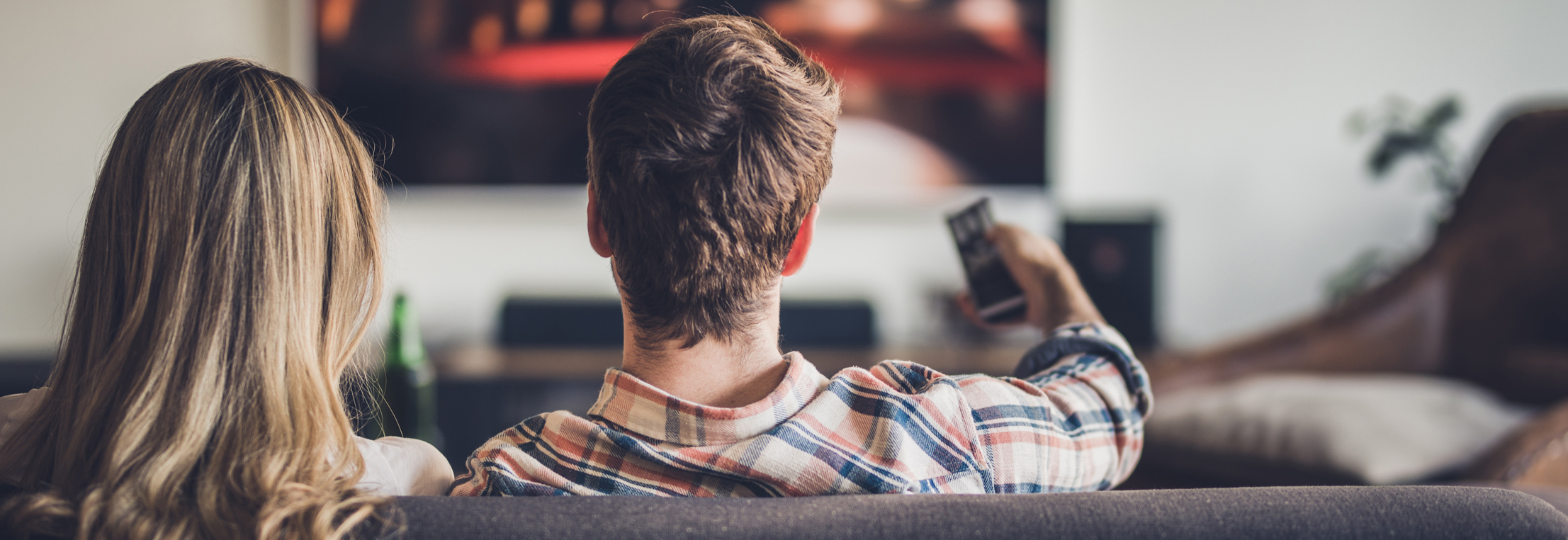Marketers Support the Women’s World Cup
The FIFA Women’s World Cup kicked off July 20 in Australia and New Zealand, and people around the globe are paying attention. Marking the biggest women’s soccer competition to date, 32 teams (up from 24 during the last World Cup in 2019) will vie for glory and $110 million in prize money before playing the final match on August 20. From ad sales to media coverage to participating brands, here’s what you need to know about this summer’s hottest sports event.
Ad Sales Soar
Ad revenues were up by 50% compared to the 2019 Women’s World Cup and Fox Sports, which has US and Canadian FIFA broadcast rights until 2026, reported that World Cup ads were 90% sold out as of mid-June. That’s due to increased general interest in the sport combined with the strength of two-time defending champion Team USA, which is a favorite to win again this year. With a record-breaking 1.5 million live spectators plus two billion people watching from home, FIFA predicts this will be the largest standalone women’s sporting event in the world.
Unprecedented Coverage
Fans can look forward to over 190 hours of live soccer programming, comprising 64 matches and other happenings. The Fox broadcast network will air a record 29 games—including the quarterfinals, semifinals, third-place game and final match—and show 35 additional games on cable channel Fox Sports 1 (FS1). All matches will also stream live on FS1. Fox further invested in both pre- and post-game programming, plus halftime reports featuring commentary from soccer greats Megan Rapinoe, Alex Morgan and more. “It’s just such a huge moment in time for women’s sports right now,” said retired soccer player Carli Lloyd. “Brands and companies are seeing that more and more. The Women’s World Cup popularity has grown, around the world women’s soccer is doing well. It’s getting more resources and more support.”
Brands Buy In
Around the world, brands are jumping into the action through a series of campaigns and activations. Advertisers across a range of categories are getting in on the action. Coca-Cola continued its “Believing is Magic” campaign from last year’s World Cup in Qatar with a 30-second spot featuring several American women soccer players. Volkswagen, one of the US team sponsors, went a similar route in a pair of ads starring soccer greats Alyssa Thompson and Andi Sullivan, while Megan Rapinoe shines in Google’s spot called “Fixed on Pixel.” Nike took a different tack in a funny ad that starts with a father and daughter watching the 1999 Women’s World Cup, while a mother and daughter learn what makes female players great in a spot for Frito-Lay. Lionel Messi shares the spotlight in Budweiser’s ad, following his move to the US after signing with Inter Miami. And Ted Lasso star Hannah Waddingham got in on the fun by pairing with Johnnie Walker to celebrate soccer while highlighting an important stat: Women’s athletics still receive less than 10% of total sports news coverage. But with the eyes of brands, marketers and fans tuned to women’s soccer this summer, that balance is perhaps starting to shift.
Whether you’re a brand marketer or agency looking to advertise on any digital or linear screen, Extreme Reach brings speed, control, and deep insights to every campaign. Reach out today to learn more.
.jpg)
.jpg)



